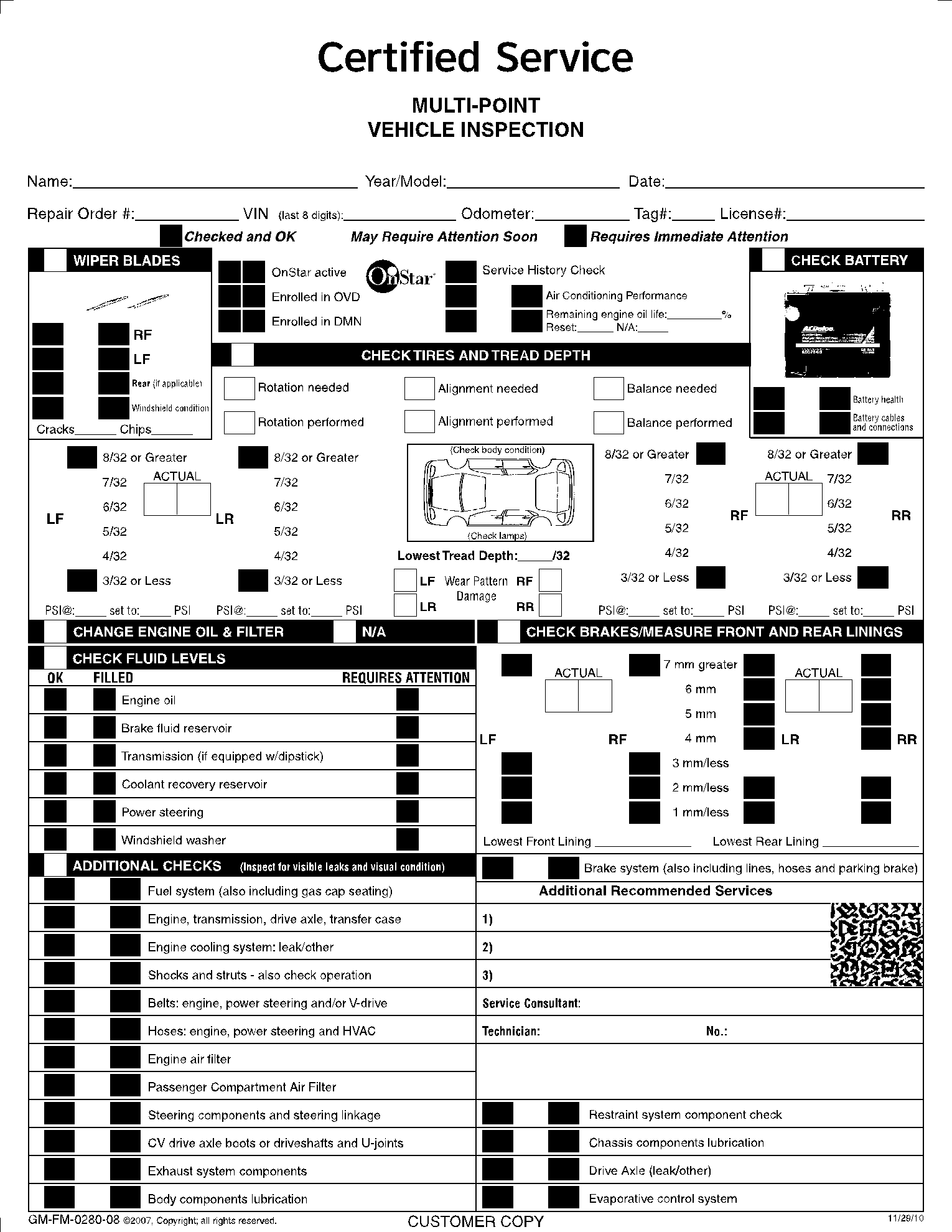Automobile servicing is essential for a variety of reasons. It not only saves you time and money on any major troubles your automobile may have, but it may also save your life by spotting the problems early on. Automobile owners must service their automobiles. It not only keeps you safe but also improves your car's durability and performance, reduces the likelihood of a breakdown, and boosts the market value of your vehicle. Regular maintenance also prevents unexpected problems, which may be costly, so knowing when you should perform maintenance.
This guide will explain why each automobile needs servicing and when you should do it, but be sure to examine your vehicle's handbook for its unique schedule; each automobile is distinct, and so are their schedules.
What is an Automobile Service?
An automobile service is a vehicle health check that includes periodic maintenance and evaluates everything from your engine's fluid levels to general wear and tear. A mechanic generally performs a service, and the most comprehensive ones include 50 or more system and component inspections, adjustments, and components replacement.
A routine auto service examines your vehicle's condition. You may assess everything from normal wear and tear to fluids, brakes, the engine, and more. Depending on the type and model of your car, each service is unique.
What Should Be Included on the Automobile Service Checklist
What is included in your service depends on the type you pick. Still, a complete service will almost certainly include an oil and filter change, a fluid check, and a comprehensive brake inspection, as well as checks on over 50 other critical components, including safety-related features. A more comprehensive (and pricey) service would inspect and repair a broader range of components, including spark plugs and several vital filters, as well as wheel alignment and suspension.
Up to 50 components, system inspections, and adjustments can be included in a car service, such as:
- A change of engine oil and a filter replacement
- Checking exhaust, lights, tires, brake, and steering functions
- Make certain that your engine is 'tuned' to perform at its best.
- Checking the amounts of hydraulic fluid and coolant
- Examining the cooling system (from radiators in your car to pumps and hoses)
- Checks for suspension
- Aligning the steering Checking the status of the car's battery
What is an Automobile Service Checklist Used for?
Automobile service checklist is a simple and practical approach to ensure drivers are as safe as they can be. A regular car inspection regimen helps you to detect possible safety hazards in your vehicles. Because these vehicles frequently travel long distances daily, defects can develop fast.
The automobile service checklist ensures that issues are identified and addressed as soon as possible, keeping the vehicles safe and suitable for purposes. Early detection of faults can also help to prevent future damage and maintenance expenses.
How to Make an Automobile Service Checklist?
Neglected automobile service nearly always results in increased expenditures in more severe repairs or lost resale value. A routine automobile service checklist saves money by prolonging the vehicle's life span and reducing the need for expensive repairs. We recommend the listed actions below needed for you to make your automobile checklist.
- Inspect all fluids, including power steering fluid, engine oil, brake fluid, transmission fluid, windshield washer solvent, and antifreeze.

- Examine the hoses and belts for cracks, brittleness, fraying, looseness, or evidence of wear. Inspect the battery and, if required, replace it.

- Check that the cable connection is clean, tight, and free of corrosion.

- Inspect the braking system once a year and examine the brake linings, rotors, and drums at every oil change.

- Check for leaks, damaged or broken supports, brackets, and hangers in the exhaust system.
- Schedule a tune-up to assist the engine in achieving the optimal power and fuel efficiency mix while emitting the fewest pollutants.

- Inspect the heating, ventilation, and air conditioning system since optimum heating and cooling performance are vital for interior comfort and safety reasons such as defrosting.
- Perform a yearly inspection of the steering and suspension system, including shock absorbers, struts, and front-end components.

- Examine the tires, paying special attention to the tire pressure and tread depth. Examine your skin for any bulges or bald areas. Wheel alignment is required when there is uneven wear.
- Examine your wipers and lighting to ensure that you can see and be seen. Replace old wiper blades to ensure that you can see well when driving in the rain.
Additional Automobile Service Checklist Resources
Following a car maintenance plan and keeping excellent records of what you have done may help extend the life of your vehicle and prevent you from breakdowns, costly repairs, and other unpleasant surprises. The following external resource can guide you in providing you with the knowledge needed to learn more about the Automobile service checklist.
- Vehicle maintenance
- Consolidated Screening Checklist for Automotive Repair Facilities Guidebook
- Guide to maintaining roadworthiness
